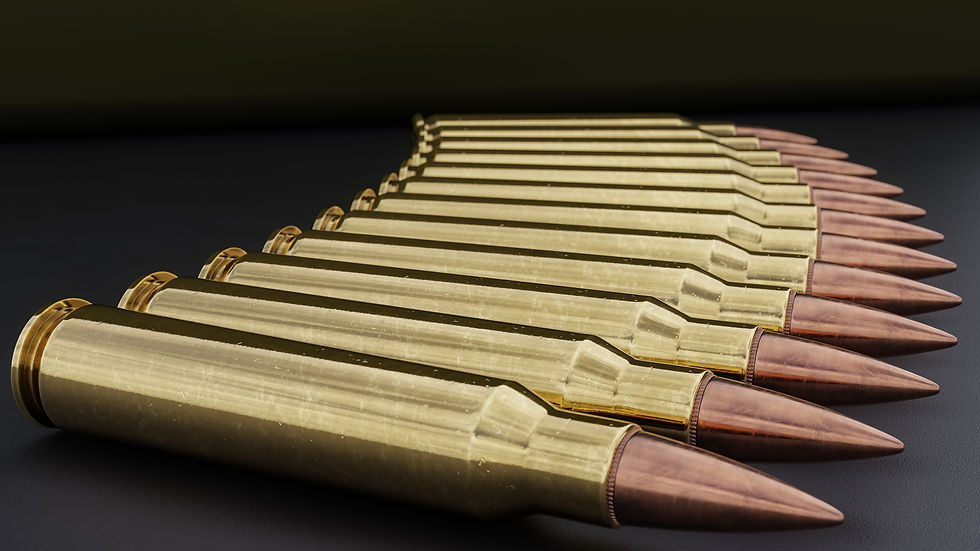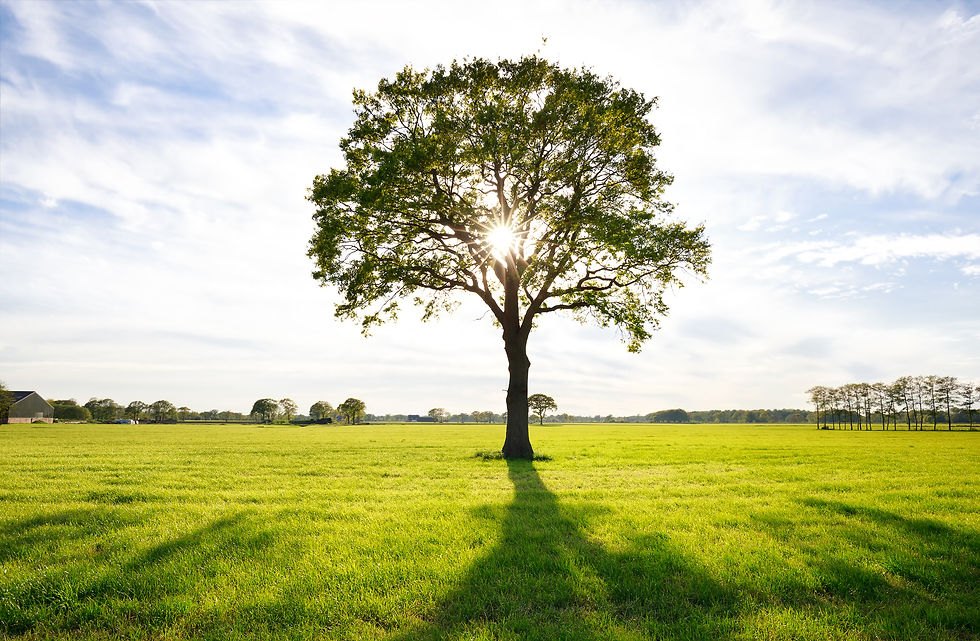From putting ashes into glass to sending ashes into space, here are some of the most creative things you can do with ashes. What can you do with ashes? A better question may be: what can't you do?
The past few decades have seen a huge shift in the attitudes of the British public towards grief and mourning, with people turning away from the traditional funeral ceremony in search of more personalised memorial services. As a result, there has been rapid growth in the wealth of options for ashes beyond the standard "urn on the mantelpiece". In this article, we're explaining some of the most unusual ways you can use your loved one's ashes in a meaningful, personal experience.
1. Put ashes into glass

You can have your loved one's ashes incorporated into glass sculptures or jewellery. Using a combination of dyes and glass production methods, your loved one's remains will sit inside a ring, pendant or paperweight, where they will catch the light and sparkle for many years to come. There are numerous companies who offer this service in the UK, with a huge range of styles and items available. Depending on the size of the item created, this approach only uses a small portion of the cremains, so it is possible that a small memento can be produced with the remainder of the ashes being used in a different way.
2. Scatter ashes at sea

Burial at sea has been traditional for naval officers for centuries. For someone who loved the ocean and travel, it's a natural thought to return them to the place where they felt alive and free. With a long and respectable heritage, scattering ashes at sea is very common among sailing aficionados, fishing fans and surfers alike. There are even organisations who offer sea burial services; the Maritime Volunteer Service is a charitable organisation working across the UK, whose work includes assisting with sea scattering ceremonies.
In England, you can freely scatter cremated remains at sea, but it's recommended that you do so carefully - as with all scattering approaches, it's important to be aware of wind conditions on the day.
If you're looking to scatter ashes from the coast, however, you will need permission from the landowner. Land which is publicly owned might seem fine, but it's always worth checking as many local authorities restrict ashes scattering on beaches.
3. Launch ashes into space

Sending ashes into space is a dream come true for anyone who grew up watching Star Wars or Star Trek, following the Space Race and dreaming of travelling to the stars. Our flights carry the ashes to 100,000 feet above the Earth in a special vessel, where they are gently released to spread out across the planet on stratospheric winds. After weeks or even months of travel, they form snowflakes or raindrops around them and return to Earth to nourish the ground for new life wherever they fall.
The idea of scattering ashes in space has been around for many years. One of the first people to have their ashes launched into space was Star Trek creator Gene Rodenberry. A ceremonial portion of Rodenberry's ashes were carried on a rocket launched in 1997 to deploy satellites, before returning to Earth. Since then many other celebrities have been subject to similar treatment, including Stephen Hawking.
Now, it's possible to have your ashes scattered around the world on a stratospheric flight. You can even watch the ascent and release on a personalised memorial video which documents the flight!
4. Turn ashes into a diamond

Cremated remains are largely made up of carbon, the same element from which diamonds are made. There are companies who can take your loved one's ashes, subject them to intense heat and pressure, and ultimately produce a genuine diamond. The heat and pressure force the carbon atoms to squish together into the most efficient orientation - diamond's characteristic lattice structure. These diamonds can then be incorporated into jewellery.
The first artificial diamonds were created to reduce the cost of manufacturing lasers, which rely on diamonds to focus the light into their trademark thin beam. While 'natural' diamonds were initially preferred for jewellery, the lower costs and growing awareness of the dubious ethics of diamond mining have led to a rise in popularity for artificial diamond jewellery. Beware though, the process isn't quick. It can take months to 'grow' the diamond, before it can be cut and ground into a recognisable shape.
5. Use ashes to make a tattoo

Commemorating a loved one is among the top five reasons people get tattoos. Being able to carry a constant reminder of a loved one can be a great way to keep their memory alive. Some people opt to record a loved one's birth and death dates, while portraits of lost loved ones are also common. While it might sound macabre to some, tattoo artists can actually mix small portions of a person's ashes into tattoo ink, making them an indelible part of the commemorative artwork.
There isn't much research on the long-term health impact of including ash in tattoo ink, so this method may come with unknown risks; however, cremains are known to be sterile and non-toxic, so don't let this put you off if a tattoo is the way to go for you.
6. Put ashes into ammunition

For our American cousins, a company called Holy Smokes will put your loved one's ashes into ammo - pistol, rifle or shotgun - so you can take them on one last hunting trip. Designed for the outdoor enthusiast, they also offer a moving tribute for those who have served with a branch of the US military, where the ashes are mixed with coloured smoke powder so you can conduct a 21-gun salute in the iconic red, white and blue colours. To a UK reader, this might sound a bit of a strange thing to do, but different cultures across the world have all sorts of different ways of commemorating a loved one who has passed.
7. Plant a tree in their memory

With climate change and environmentalism an ever-present topic in the news, more and more people are looking for ways to reduce their carbon footprint and make a positive impact on their environment, even after they're gone.
Biodegradable urns hold the seed of a tree and some nutrients which promote growth. When the ashes are introduced and the urn is buried, the outer shell biodegrades and the seed will grow over many years into a tree. This lasting living memorial will capture carbon and put out oxygen, helping in some small way to combat the negative effects of climate change. Just make sure you plant it somewhere you'll be able to visit for many years!
8. Scatter ashes on the pitch

If you're a football fanatic who spends every weekend at the ground cheering for your local team, you might love this idea. Believe it or not, some sporting clubs allow fans to have their ashes scattered on the pitch!
It's not as simple as turning up with an urn and scattering the ashes yourself, though. Quite apart from the fact that you can't just walk onto the pitch and do whatever you like, large quantities of ash can have a detrimental effect on the playing surface.
Thankfully, London-based team Queen's Park Rangers have come up a simple solution. Their club chaplain conducts special services on the pitch for super fans, where family and friends can share memories while the ashes are laid down next to the goal line at the home end. After the ceremony, the ashes are stored by the chaplain until the end of the season, when all the ashes collected are scattered during the pitch reseeding.
Please note: don't try to sneak onto a sports ground to scatter ashes without permission!
9. Press the ashes into vinyl

Music-lovers may be especially excited by this option. You can have your ashes pressed into a vinyl record playing any piece of music or audio you like. With the recent resurgence in popularity of vinyl records as a retro must-have item, this idea is likely to become more and more common as people continue to explore alternative ways to use cremated remains.
The only question is, what tracks do you choose? Some elect to have their loved ones pressed into a classic album that the departed was passionate about, while others put together a mixtape of songs that remind them of the one who has passed. You could even record a message before you pass away, so that after you're gone, your loved ones can still hear your voice.
10. Put them in a stuffed plush toy

For young children, losing a family member can be especially hard. When the concept of death is still new, the loss is often felt many times over as they grow and come to terms with the significance of a loved one's absence at different stages of their life.
One solution which has brought comfort to many is putting a portion of the departed loved one's ashes into a stuffed toy. The simple intimacy of a hug is one of the hardest things to lose when we say goodbye, and having a stuffed toy to hug that is beautifully linked to the one we've lost is a poignant way of helping to fix that hurt.
This list covers just a few of the options for what you can do with cremains. Of course, the most common 'alternative' choice is simply to scatter ashes somewhere important to your loved one. Whatever you decide, it's important that you choose something suitably fitting for the one who has passed. Our flights commemorate people from all walks of life, from science fiction fans and pilots to adventurers and travellers. To find out more, get a copy of our brochure or speak to one of our team today.

